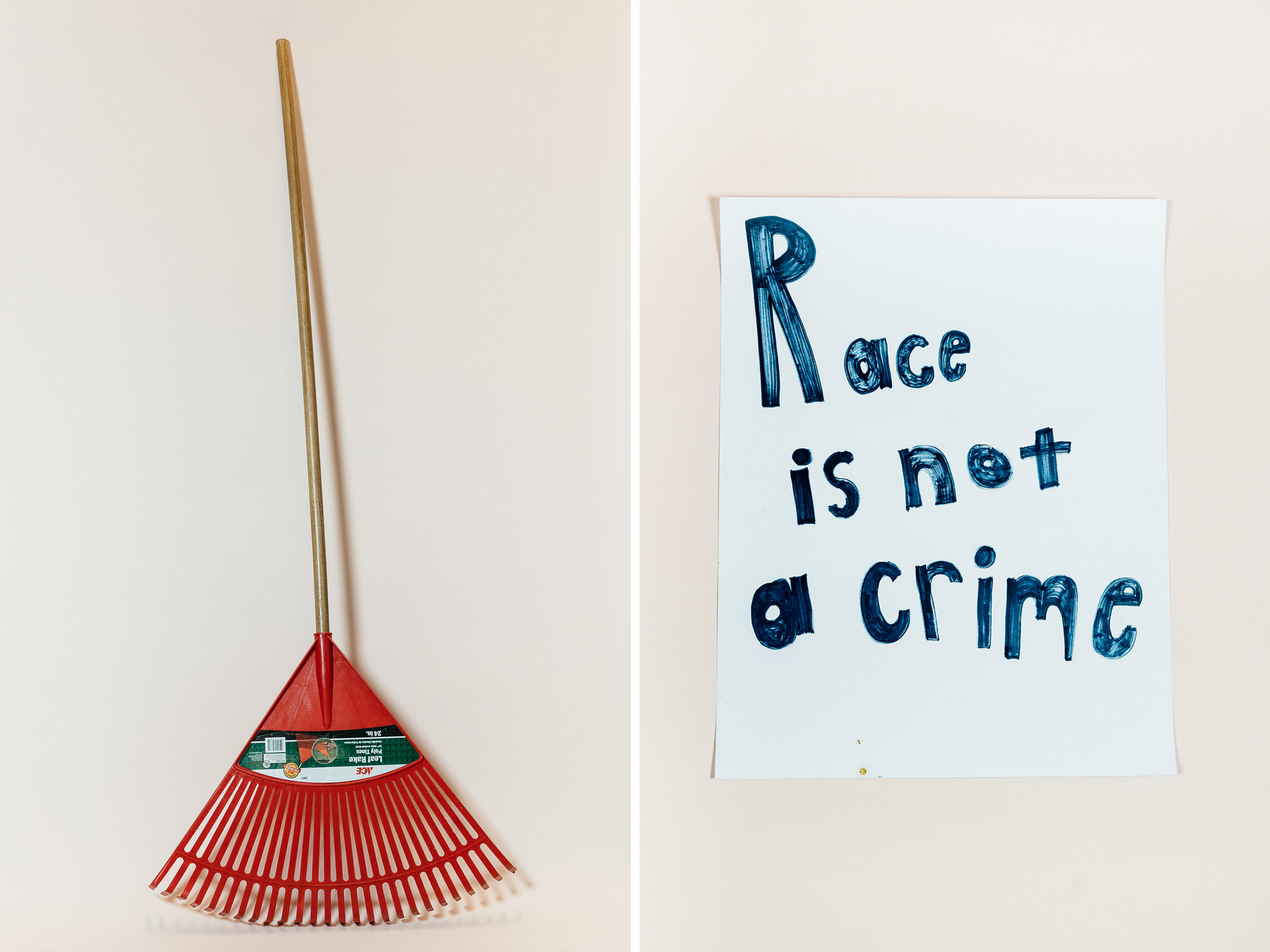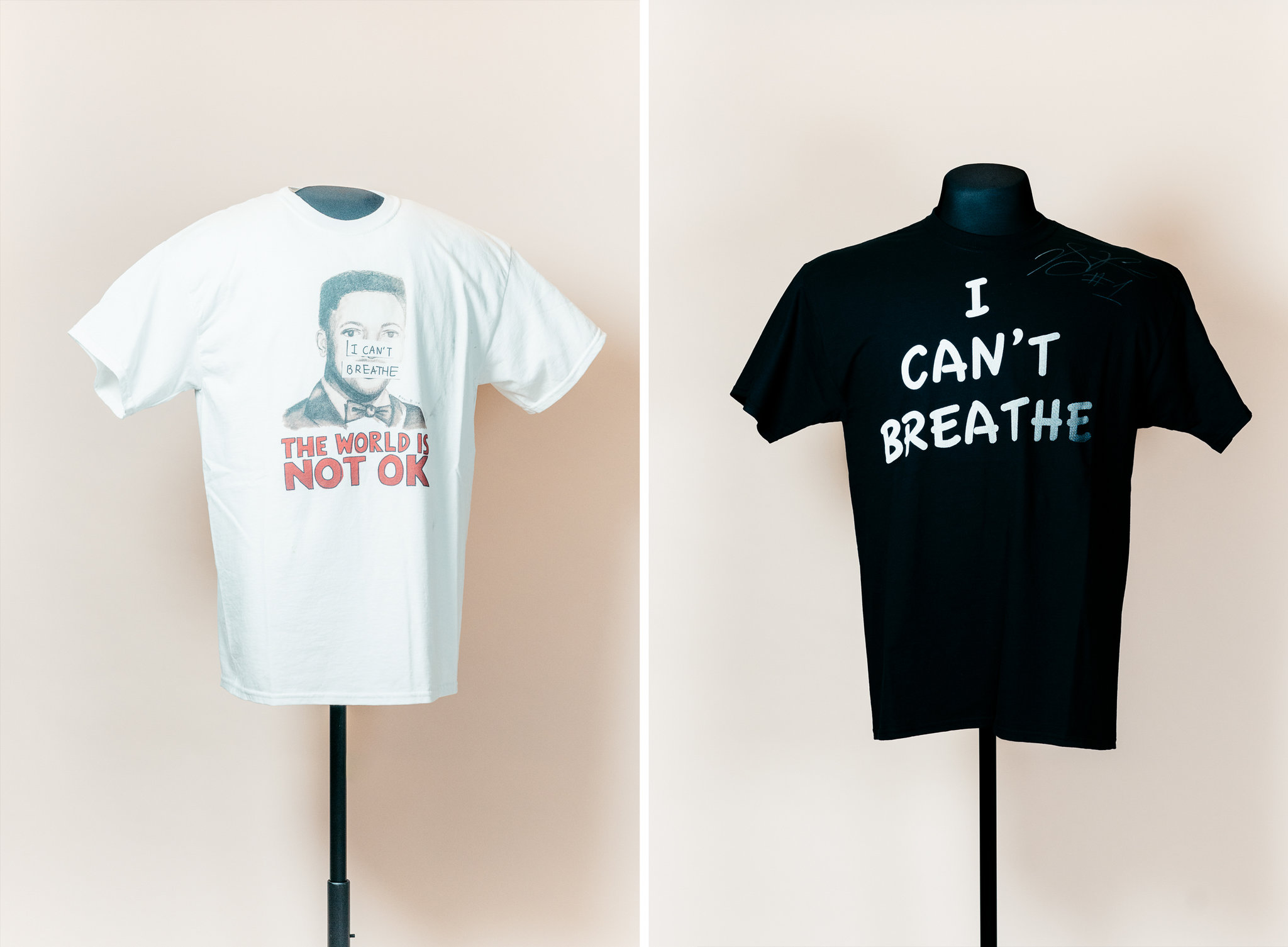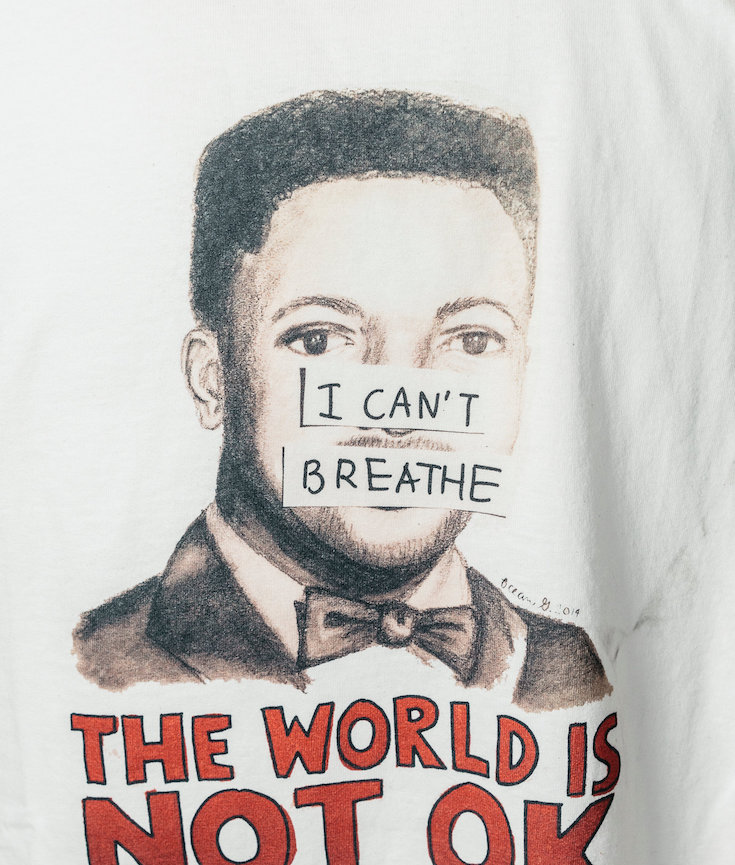[dropcap]WASHINGTON[/dropcap] — In April 2015, Aaron Bryant rushed to be there when demonstrations swept through Baltimore on the day of Freddie Gray’s funeral. He filmed protesters angered by Mr. Gray’s death throwing rocks, watched the helicopters overhead and listened to marchers singing hymns.
But Mr. Bryant was neither a police officer nor a participant in the protest. He was a curator for the National Museum of African American History and Culture, there to collect artifacts, testimony and footage as the events unfolded. During the days of protest, he mingled with the crowds, solicited donations of clothing and signs and scooped up posters, fliers and buttons.
So after Councilwoman Sharon Green Middleton addressed a rally one day, Mr. Bryant approached to ask if she might donate the anti-violence T-shirt she was wearing. It now hangs in the museum. [mc4wp_form id=”6042″]
 Justin T. Gellerson for The New York Times | Photo Credit
Justin T. Gellerson for The New York Times | Photo Credit
 Justin T. Gellerson for The New York Times | Photo Credit
Justin T. Gellerson for The New York Times | Photo Credit
 Justin T. Gellerson for The New York Times | Photo Credit
Justin T. Gellerson for The New York Times | Photo Credit
 Justin T. Gellerson for The New York Times | Photo Credit
Justin T. Gellerson for The New York Times | Photo Credit
NATIONAL MUSEUM OF AFRICAN AMERICAN HISTORY & CULTURE | WASHINGTON, DC
The National Museum of African American History and Culture is the only national museum devoted exclusively to the documentation of African American life, history, and culture. It was established by Act of Congress in 2003, following decades of efforts to promote and highlight the contributions of African Americans. To date, the Museum has collected more than 36,000 artifacts and nearly 100,000 individuals have become charter members. The Museum opened to the public on September 24, 2016, as the 19th and newest museum of the Smithsonian Institution. (Website).


You must be logged in to post a comment.